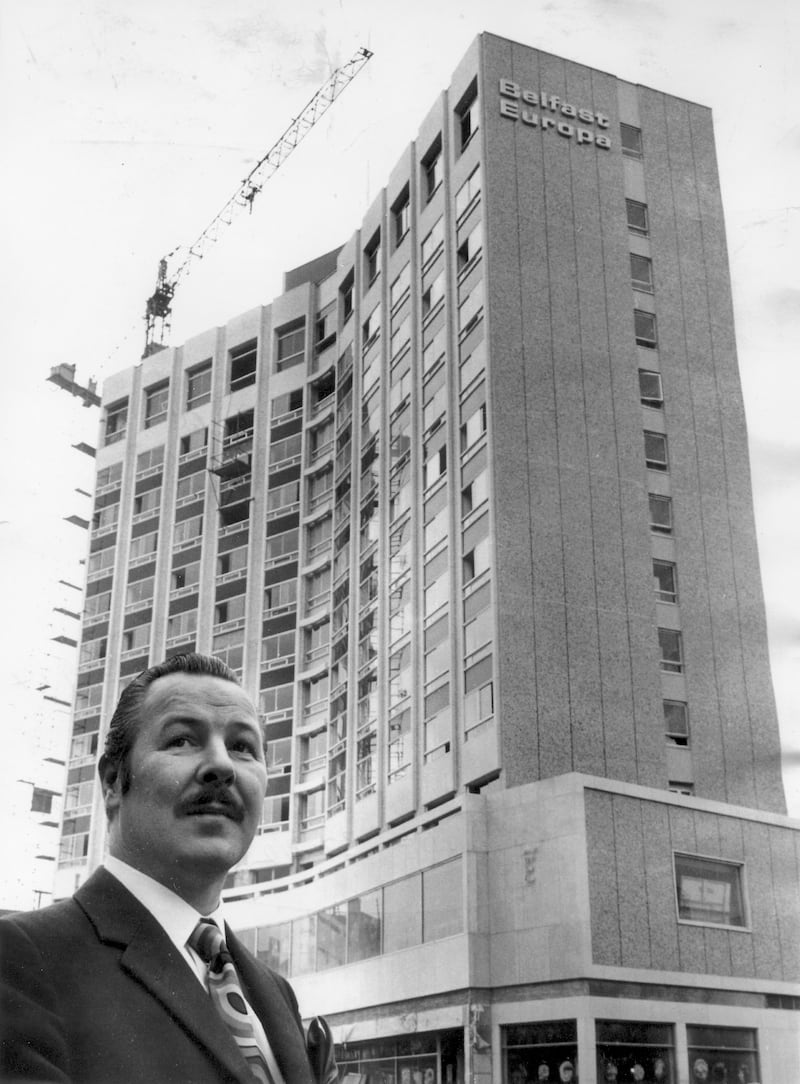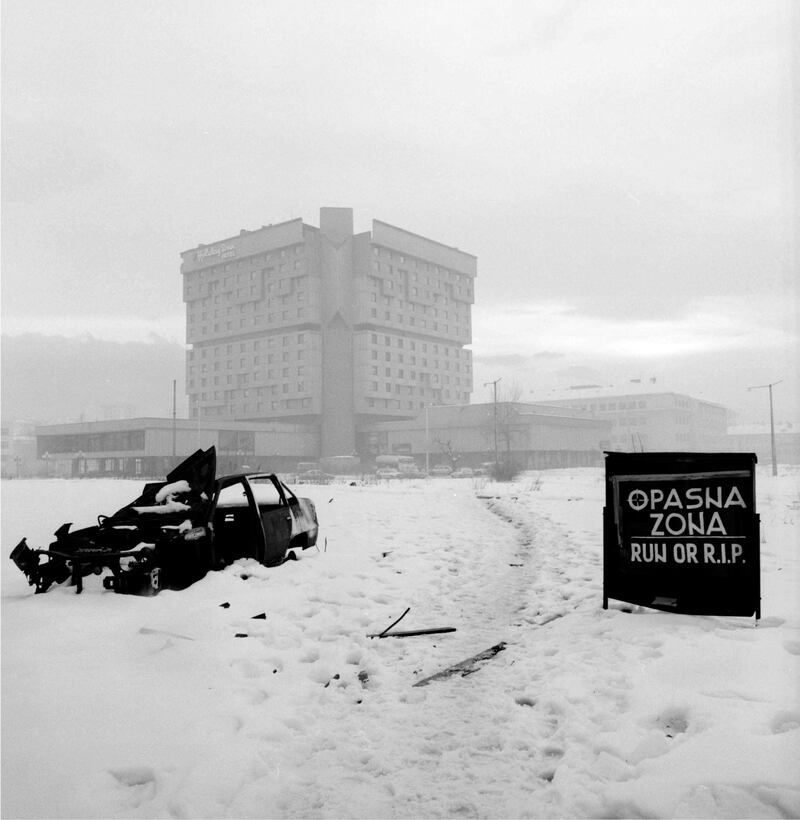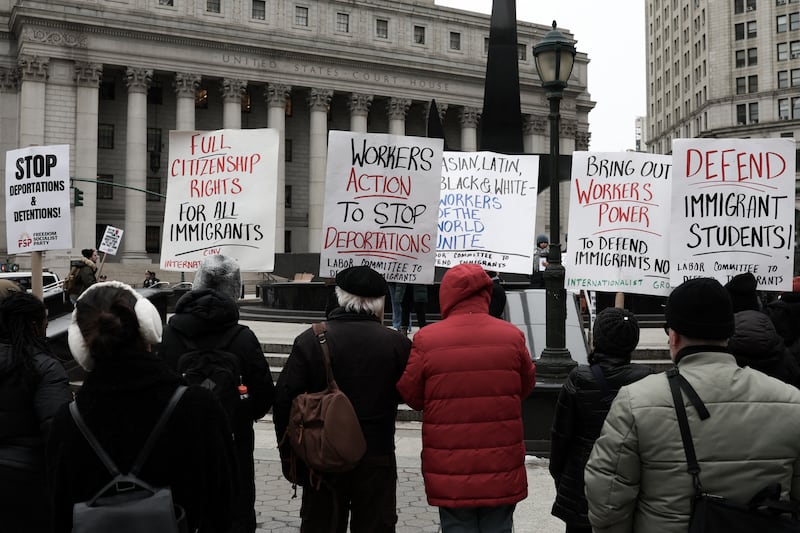My life as a journalist intersects with chapters four, five and six of the book War Hotels, by Prof Kenneth Morrison and Lebanese film-maker Abdallah El Binni.
I had first-hand experience of hotels that were an integral part of the conflicts which tore Beirut, Baghdad and Sarajevo apart. And though I did not work as a journalist in Saigon, Phnom Penh, or Belfast (chapters one to three), they inhabit the collective imagination of journalists of my generation.
Television evening news and Life magazine made Vietnam the first “living room war”. From the 1960s, the war hotel came into its own as a journalistic institution. In Saigon, the press congregated in the Continental and Caravelle hotels. In Phnom Penh, in the Hôtel Le Royale. A stone memorial there commemorates 37 journalists who were killed in the Cambodian war.
War hotels shared many features. The illusory sense of relief we felt on coming in from the streets or battlefield. The camaraderie we enjoyed in the evenings after filing our stories. A sense of intrigue in places that were often frequented by diplomats, aid workers, spies and mercenaries as well as journalists. Not to mention the celebrities . . . Joan Baez and Susan Sontag visited Vietnam and Sarajevo. Sean Penn gave a press conference in Baghdad before the 2003 invasion, long before the great and good flocked to Kyiv.
Television cameramen and photographers recorded the 1975 evacuation of the US embassy in Saigon from the roof of the Caravelle Hotel. They watched Israel bomb Muslim west Beirut from the roof of the Commodore Hotel in 1982. In 2003, the Palestine Hotel in Baghdad provided an ideal vantage point to watch cruise missiles slamming into Saddam Hussein’s palaces.

The Vietnam war ended the same month that the Lebanese war started, in April 1975. War correspondents migrated en masse from Vietnam to Beirut. From October 1975 until March 1976, the fiercest fighting among Lebanese militias took place in the seafront hotels district, with the Maronite Phalange ensconced in the 26-storey Holiday Inn and the Sunni Muslim Mourabitoun in the unfinished Murr Tower.
The great war photographer Don McCullin recalled watching Phalangist gunmen “pour fire into west Beirut” from the Holiday Inn on New Year’s Day 1976. He saw his first female fighter, “a strikingly beautiful woman” called Jocelyne Khoueiry “hurling hand grenades and tied-up dynamite into the nearby Phoenicia Hotel”. In one of the most memorable images of the Lebanese war, a masked gunman laid his assault rifle atop a baby grand piano while he played classical music in the Holiday Inn.
Saleh Rifai, whom I would later know as the photo editor in the Beirut bureau of the Associated Press (AP), was with the Mourabitoun when they stormed the Holiday Inn on March 22nd, 1976. He recounted how a sniper on the roof was caught and thrown into the void. His body was then dragged by a car through the streets of the hotel district.
I arrived in Beirut for the first time by sea, at dawn on a December morning in 1987, with the late British journalist Robert Fisk. The white, shell-pocked and gutted Holiday Inn towered above us like a monolith to destruction and barbarity.
For the last two years of the Lebanese civil war, I often worked from the sandbagged AP bureau, across a narrow street from the Commodore, which had been recently sacked in the militia war. During six months of artillery battles in 1989, we often slept in the AP bureau because it was less exposed to shellfire than our seafront apartment. The Syrian soldiers billeted in the Commodore ruin were like familiar neighbours who could be seen brewing tea, playing tric-trac and smoking.
By the time I arrived in Beirut, most of the press corps had fled to Cyprus, out of fear of kidnapping. Fisk, the Bolivian correspondent Juan Carlos Gumucio, the Commodore’s manager Fouad Saleh and Ahmed Shebaro, a former assistant manager who acted as our travel agent, told me about the Commodore’s glory days.
The secret of the Commodore’s success had been to provide everything a journalist needed: reliable communications, wire agency copy, food and drink. When Beirut airport was closed, a group of correspondents messaged Saleh that they would arrive by boat. Could he meet them? Saleh waited on the shore with champagne and freshly-squeezed orange juice.
Alcohol flowed in the Commodore bar, which Saleh moved to a discreet upstairs room to pacify angry militiamen. It was, a veteran male correspondent told me recently, like summer camp. Men felt liberated from the tedium of daily life, of responsibility to wives and children. For those who were so inclined, sex and drugs were easy to come by.
Some brought memories of the Europa hotel from Belfast to Beirut. The Europa was intended to be “a shining example of Belfast’s contemporary ‘urban renaissance’ ” in the 1970s, Morrison and Binni write. Instead, it became a target of choice for the Provisional Irish Republican Army (IRA), which bombed the Europa 33 times in just over 20 years, making it the most bombed hotel in Europe.

Amazingly, no one was killed in the Europa, because the IRA usually telephoned warnings, and because the hotel’s dapper, mustachioed manager, Harper Brown, evacuated guests at high speed. In October 1971, he rewarded British army sappers who defused two bombs with champagne. Harper and his wife Sally, who oversaw housekeeping, lived in a suite in the hotel.
The Holiday Inn in Sarajevo was doubtless the most dangerous of the war hotels, situated inside the city’s siege lines on “Snipers’ alley”, near the front line between Serbs and Bosnians. Martin Bell of the BBC called it “the ultimate war hotel” where “you didn’t go to the war; the war came to you”.
Flak jackets
When I stayed in the Holiday Inn in September 1992, we kept the curtains in our room always drawn, did not turn on lights and exited the hotel through the underground parking lot. Our driver would floor the accelerator and speed out to elude snipers. Flak jackets and helmets were de rigueur. Dinners in a windowless dining room with other journalists and staff from the nearby hospital provided the only respite from the cold, gloom and racket of shellfire and bullets.

Baghdad was home to the last journalist war hotels: the al Rashid, Palestine and al Hamra. During the 1991 Gulf War, Saddam Hussein’s henchmen forced all journalists to stay in the al Rachid. Though I covered that war from Dhahran, Saudi Arabia, I discovered the al Rashid soon after the war ended. It was made of polished granite and felt like a mausoleum. Mukhabarat – Iraqi intelligence agents – kept one under constant surveillance. The rooms were bugged and journalists knew to throw a blanket over the television set to blind the camera hidden behind the screen.
In the 2003 war, we were ordered to stay in the Palestine Hotel. I got a great deal of exercise climbing stairs to my eighth-floor room when the lifts stopped working. When there was tap water, I saved it in empty mineral water bottles and the bathtub, a trick I had learned in the Lebanon war.
On April 8th, 2003, a US tank stationed on the Jumhuriya Bridge in central Baghdad fired a shell at the Palestine, striking the 14th and 15th floors of the hotel. I had been driving around the city and as I approached the hotel, I heard the explosion and saw smoke. Two colleagues rushed out the front door, carrying the Spanish cameraman José Couso in a blood-soaked sheet. His stomach had been torn open by shrapnel. He died that night in hospital.
Taras Protsyuk, a Ukrainian cameraman for Reuters, was killed on impact. Samia Nakhoul, whom I knew well from Reuters in Beirut, had been wounded in the head and took the courageous decision to risk brain surgery that night in a Baghdad hospital.
It was my worst experience in a war hotel, a reminder that for all the excitement and adventure, journalists too were at risk. The Pentagon knew that the Palestine was inhabited by hundreds of journalists, but the tank crew that fired the shell had not been informed.
Over the past decade, the journalist war hotel has all but disappeared. Digital technology makes it possible for journalists to file copy and photographs through any telephone network, without telex machines or satellite dishes. Media bosses have made massive budget cuts and few have the means to deploy journalists to war zones for long periods.
“Citizen journalists” who post on social media video and images taken with smartphones have eroded the role of traditional media. The princes of the war hotels have been replaced by freelance paupers. Journalists in war zones like Ukraine tend to work alone and spread out among numerous hotels, even Airbnbs. The war hotels lasted for half a century but are largely a thing of the past, recalled with nostalgia by the old-timers.
War Hotels, by Kenneth Morrison and Abdallah El Binni, is published by Merrion Press.





















